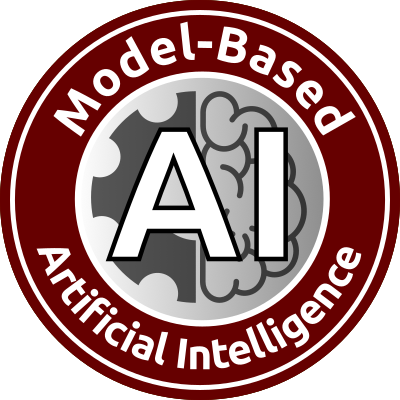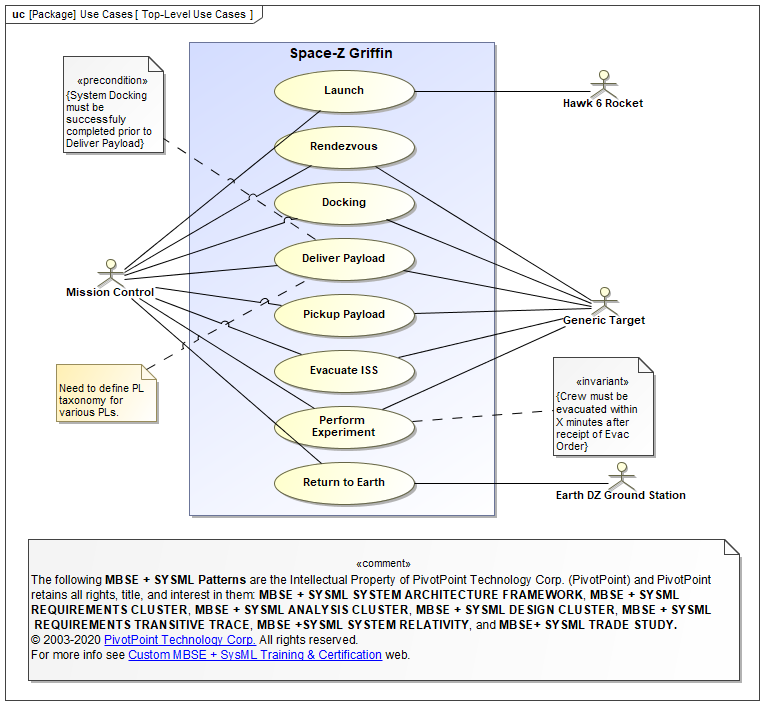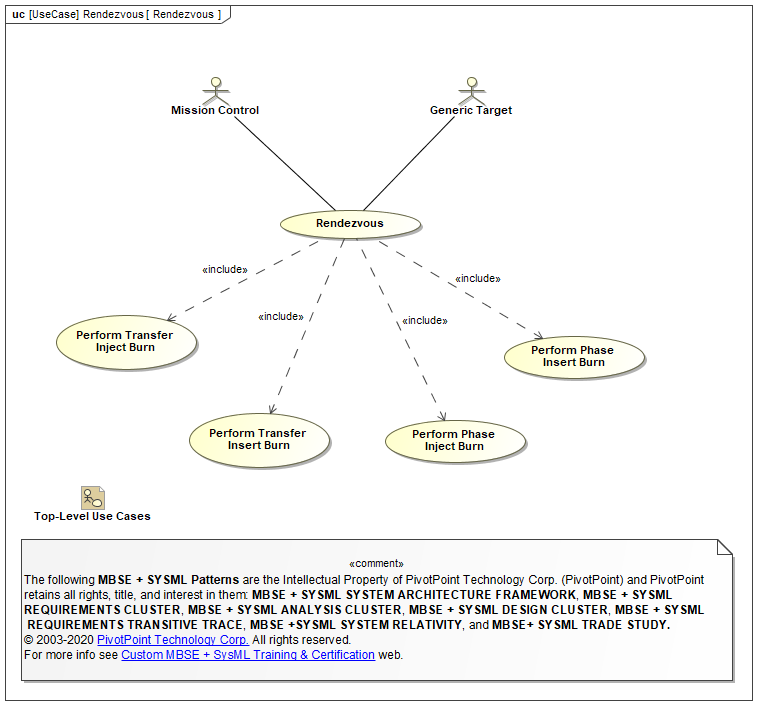SysML FAQ: What is a Use Case diagram (UC) and how is it used?
What is a SysML Use Case diagram?
Definitions
Use Case: A Use Case (notation: oval/ellipse) represents a system transaction with an external system user, called an Actor (notation: stick-figure). Use Cases are sometimes considered high-level functional requirements.
Use Case diagram (uc): A Use Case diagram shows communications among system transactions (Use Cases) and external users (Actors) in the context of a system boundary (Subject; notation: rectangle). Actors may represent wetware (persons, organizations, facilities), software systems, or hardware systems. Defining relationships between the system Subject and the system Actors is an effective, informal way to define system scope.
Purpose
The purpose of Use Case diagrams is to provide a high-level view of the subject system and convey the top-level system requirements in non-technical terms for all stakeholders, including customers and project managers as well as architects and engineers. Additional, more rigorous SysML diagrams are needed to specify a scalable and simulatable System Architecture Model (SAM).
Diagram Properties
| Diagram Name | Diagram Type | UML 2 Analog | SDLC Usage | Essential AGILE SYSML? |
Dynamic Sim † |
Math Sim ‡ |
Auto Code Gen |
Rigor | Semi | Informal |
|---|---|---|---|---|---|---|---|---|---|---|
| Use Case diagram (uc) | Behavior * [Non-Simulatable] |
Use Case | Requirements Analysis | |||||||
Usage Notes
If Use Cases are considered to be high-level system functional requirements, they should be traced to «functionalRequirement» Requirements using Refine («refine») Dependencies.
| BEST PRACTICE PATTERNS | ANTI-PATTERNS |
|---|---|
| * Restrict use for brainstorming, ConOps, "Cartoons for Executives & General s", etc. | * Examples of Use Case Modeling Antipatterns [M. El-Attar] |
| * Cut-over to high-level Activity diagrams ASAP! |




